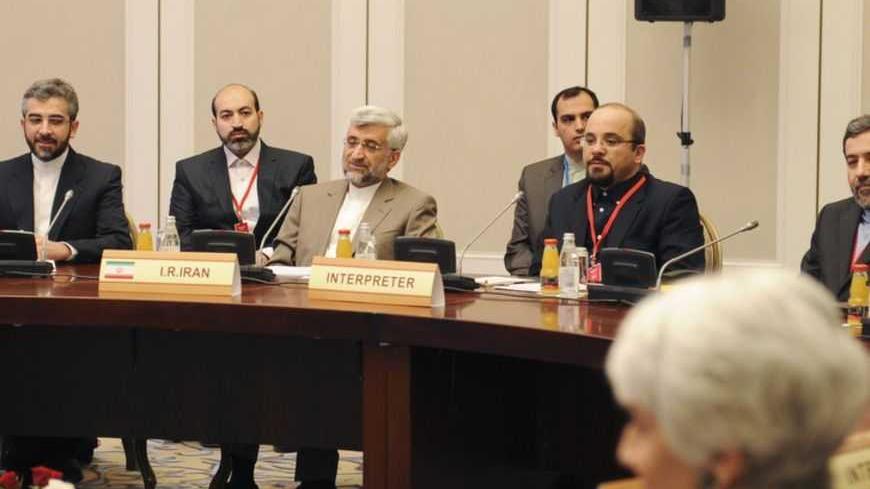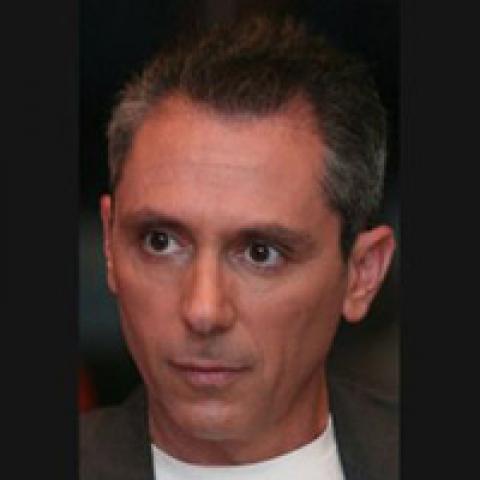Iran continues moving confidently forward in its march toward nuclear capability, while taking care not to cross Prime Minister Benjamin Netanyahu’s “red line,” at least for now. Meanwhile, based on the talks held in Kazakhstan last week, it seems like the six world powers blinked first. Iran received a promise that no new sanctions would be imposed on it in the near future, and it wasn’t asked to give anything in exchange. If the world continues with this apparent trend to contain a nuclear Iran, Netanyahu’s new government will be forced to decide as early as next year whether the final impediment to an Iranian bomb is an Israeli attack.
The problem with red lines is that they make it quite clear to the other party in the dispute that they can do everything — except cross them, that is. Benjamin Netanyahu presented Israel’s red line at the General Assembly of the United Nations last September. He may have sketched it out awkwardly at first, but within a day the whole world, including Iran, understood that Netanyahu had set the limit at 250 kg of uranium enriched to 20%. That is the amount of uranium necessary to produce enough fissionable material to manufacture a single nuclear bomb within a short time. Ever since Netanyahu drew this line in the sand, Iran has continued moving full steam ahead to reach this point without crossing it. It has installed more and more centrifuges in Natanz and Fordow; it has increased its supply of low-enriched uranium (it accumulated 6 tons of 3.5 percent enriched uranium, which is enough for four nuclear bombs); and it is preparing to put the Arak reactor, which will enable Iran also to produce plutonium, into operation in 2014. Of its 280 kg of 20% enriched uranium, however, Iran took care to transfer 111 kg to the Research Reactor in Tehran so as not to cross Israel’s red line.



